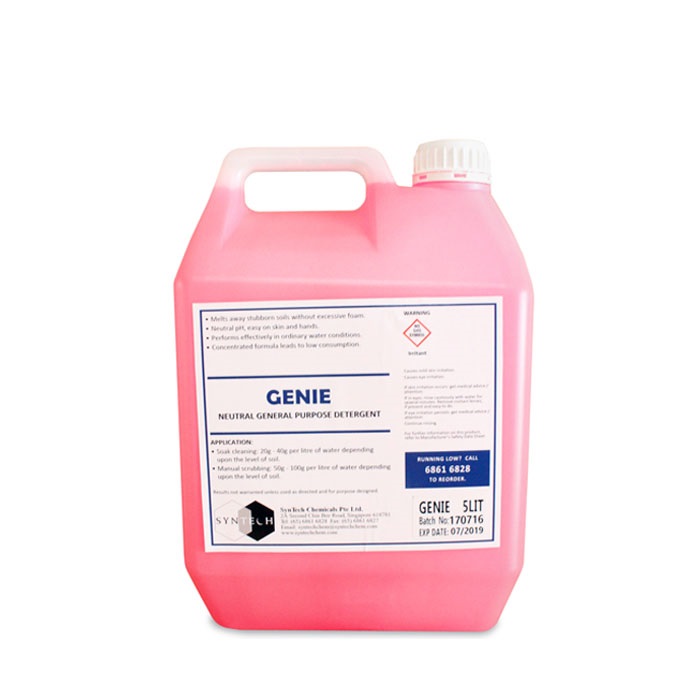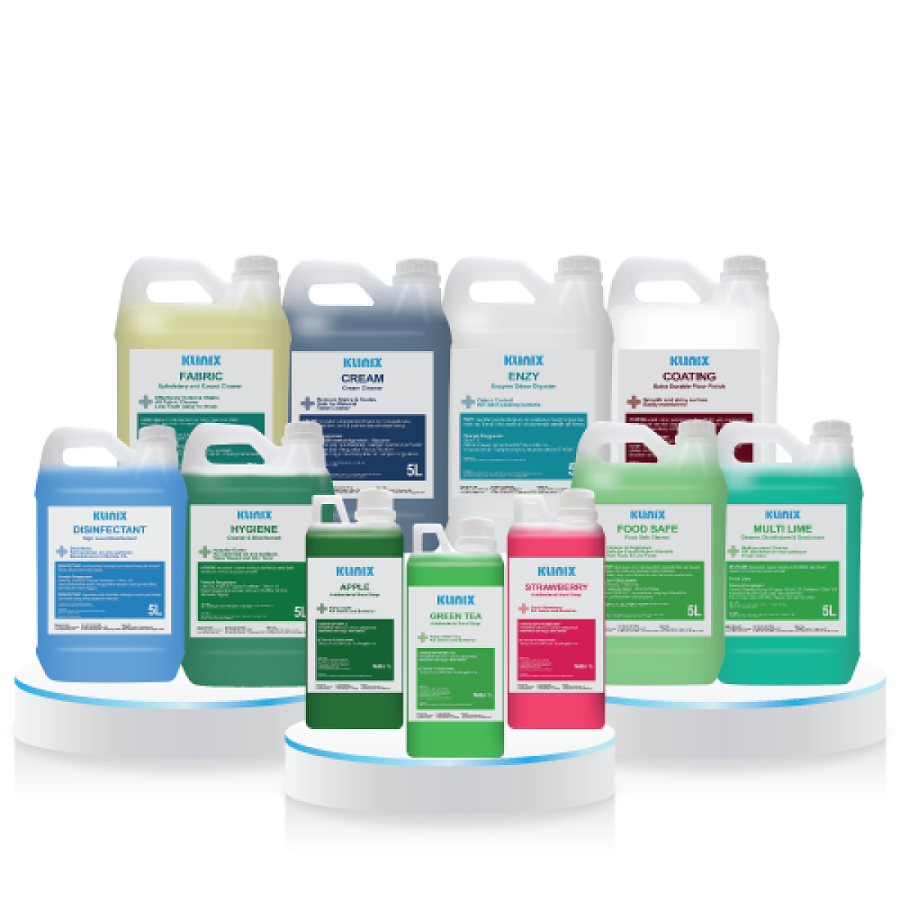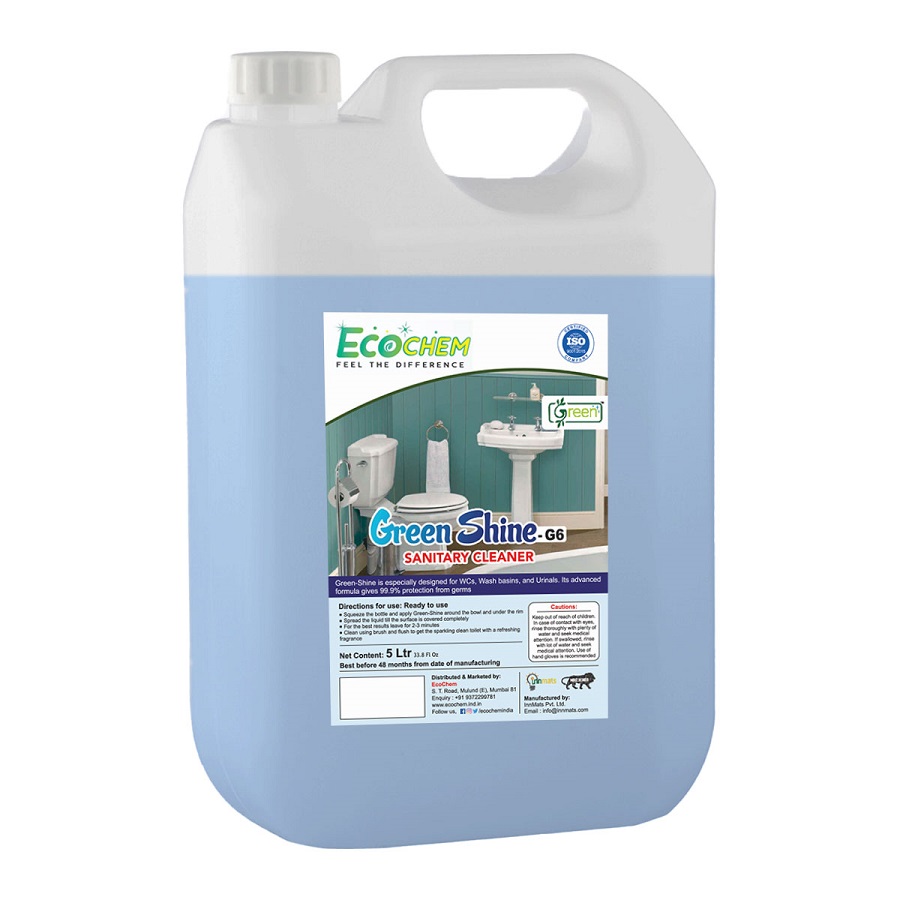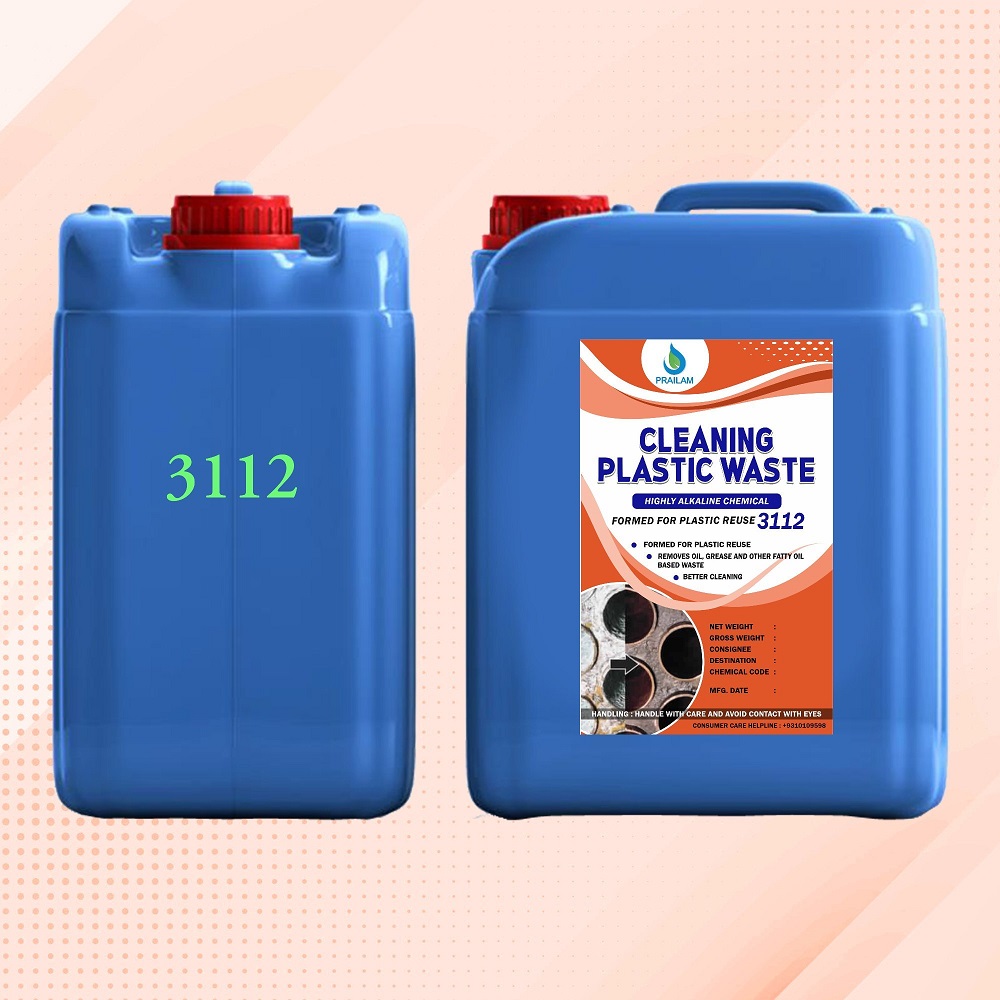Chemical cleaning is a process widely used in various industries to remove contaminants from surfaces. From manufacturing to food processing, chemical cleaning plays a crucial role in ensuring quality and safety. This article breaks down the concept of chemical cleaning, its types, benefits, and considerations, offering a thorough understanding of this essential practice.

What is Chemical Cleaning?
Chemical cleaning involves the use of chemical solutions to remove unwanted materials from surfaces. These materials can range from grease and grime to rust and scale. The process is vital for maintaining equipment and facilities and improving overall operational efficiency. Industries such as oil, gas, food, and pharmaceuticals frequently utilize chemical cleanings to uphold high standards.
One primary goal of chemical cleaning is to enhance the performance of machinery and other equipment. When machinery runs smoothly, it increases productivity and reduces downtime. In addition to improving efficiency, chemical cleanings helps in extending the lifespan of critical components. Regular cleaning prevents corrosion, buildup, and wear that can lead to costly repairs or replacements.
Chemical cleaning also ensures compliance with various regulations. Many industries face strict guidelines regarding hygiene and safety. By employing chemical cleanings methods, companies can meet these standards effectively. Maintaining hygiene is especially crucial in industries like food processing where even minor contaminants can lead to significant health risks.
Key Components of Chemical Cleaning Solutions
Chemical cleaning solutions comprise various agents designed to target specific types of contaminants. For example, degreasers effectively remove oil and grease buildup. Acids can dissolve rust and scale, while alkaline cleaners remove dirt and proteins. Choosing the correct cleaning agent is essential for achieving optimal results.
Furthermore, the concentration of these cleaning agents can vary. Adjusting the concentration allows for a more tailored cleaning process. For light contamination, a diluted solution may suffice. Conversely, heavier contamination might require a more concentrated solution for effective cleaning. Chemical cleanings requires careful consideration of the cleaning solution, as using the wrong type or concentration can damage sensitive equipment.
In addition to the cleaning agents, the temperature of the cleaning solution can enhance effectiveness. Warmer solutions typically improve the solubility of contaminants, making it easier to achieve a deep clean. However, some materials cannot withstand high temperatures, so monitoring and adjusting as needed is essential.
Different Types of Chemical Cleaning Methods
Chemical cleaning methods can be categorized into several types, each designed for specific applications. Understanding these methods helps businesses choose the right approach for their needs.
Acid Cleaning
One widely used chemical cleaning method is acid cleaning. This involves using acidic solutions to remove minerals, rust, and scale. Acid cleaning is common in industries like oil and gas, where equipment can accumulate mineral deposits over time.
Phosphoric acid and hydrochloric acid are popular choices in this method. These acids effectively dissolve unwanted deposits, restoring surfaces to their original condition. However, working with acids requires caution. Proper safety measures must be implemented to protect workers from potential hazards.
Acid cleaning not only enhances performance but also extends the life of equipment. By removing corrosive materials, acid cleaning prevents ongoing damage that can lead to costly replacements. Regular acid cleaning schedules can greatly improve the reliability of machinery.
Alkaline Cleaning
Alkaline cleaning is another common method. It utilizes alkaline solutions to break down oils, fats, and greases. Alkaline cleaners are particularly effective for surface cleaning in various industries. They are often used in food processing, automotive, and manufacturing sectors.
Sodium hydroxide and potassium hydroxide are typical base agents used in alkaline cleaning solutions. These agents effectively emulsify oils, making it easier to wash them away. Alkaline cleaning tends to be less hazardous than acid cleaning, although proper safety protocols are still essential.
Alkaline cleaning can also be an eco-friendly choice. Many alkaline cleaners are biodegradable, minimizing the potential environmental impact. By opting for safer cleaning solutions, businesses can contribute to sustainability while ensuring compliance with regulations.
Benefits of Chemical Cleaning
Understanding the benefits of chemical cleaning can help industries appreciate its importance. From enhancing efficiency to ensuring compliance, the advantages are numerous.
Improved Equipment Performance
One of the primary benefits of chemical cleaning is improved equipment performance. Buildup of contaminants can significantly affect how machinery operates. By utilizing chemical cleanings, businesses can maintain optimal performance levels.
Machinery that runs efficiently consumes less energy. This often translates into lower operating costs. Reduced energy consumption leads to an overall decrease in expenses, benefiting the company’s bottom line. Furthermore, improved performance can lead to increased production rates. Higher production can enhance profitability, making chemical cleaning a worthwhile investment.
Prolonged Equipment Lifespan
Another significant advantage of chemical cleaning is the prolonged lifespan of equipment. Regularly cleaning equipment reduces wear and tear, which is vital for maintaining its longevity. When they are not cleaned, surfaces can become corroded, leading to permanent damage.
Preventative maintenance plans that include chemical cleanings can save organizations money in the long run. By extending the life of critical components, businesses can avoid premature replacement costs. Building a maintenance philosophy around effective cleaning techniques sets the stage for long-term success.
Compliance and Safety
Compliance is crucial in many industries. Failing to meet regulatory standards can lead to fines, penalties, or even shutdowns. Chemical cleaning ensures that organizations remain compliant with health and safety guidelines.
Using chemical cleaning agents can also enhance workplace safety. For example, cleaning procedures help minimize fire hazards associated with oil and grease buildup. Safety is paramount in any business, and having clean work environments is essential for protecting employees.
Environmental Considerations
In recent years, there has been an increased focus on environmentally-friendly chemical cleaning solutions. Many businesses are now prioritizing eco-friendly options as part of their sustainability initiatives. By choosing biodegradable or low-impact cleaners, companies can reduce their environmental footprint.
In addition, regulatory pressures surrounding environmental impact have led to innovations in chemical cleaning. Industries are constantly seeking alternatives that are both effective and environmentally responsible. By embracing these changes, businesses can continue to succeed while also being good stewards of the environment.
Challenges of Chemical Cleaning
While the benefits of chemical cleaning are clear, there are challenges to consider. Every business needs to be aware of potential issues that can arise.
Health Risks
One challenge in chemical cleaning is the health risks associated with handling cleaning agents. Chemicals can be hazardous if not handled correctly. Exposure can lead to respiratory issues, skin irritation, or more severe health complications.
Training employees on proper handling practices is crucial. Providing the necessary personal protective equipment (PPE) also helps mitigate risks. Companies must commit to creating a safe work environment for their employees by following strict safety protocols.
Effectiveness and Compatibility
Effectiveness and compatibility are also significant concerns. Not all cleaning agents work well on every surface. Selecting the wrong product can lead to inadequate cleaning or damage to equipment.
Understanding the composition of machinery and surfaces is vital for making informed decisions. Businesses must conduct thorough research to determine the best cleaning agents for their specific needs. Quality control measures should be in place to ensure consistently effective cleaning.
Environmental Impact
As companies strive to be more environmentally conscious, the overall environmental impact of chemical cleaning also comes into play. While many modern cleaning solutions aim to reduce harm, some still contribute negatively to the environment. Balancing effectiveness with environmental responsibility remains a challenge.
Investing time in training staff on environmentally friendly practices is vital. Regular audits can also help organizations assess their cleaning processes. Byreevaluating methods and products, businesses can continuously improve their impact on the environment.
Strategies for Effective Chemical Cleaning
To maximize the benefits of chemical cleaning, organizations should implement effective strategies. Below are valuable approaches that can lead to successful chemical cleaning processes.
Asset Evaluation
The first step in any effective chemical cleaning strategy is asset evaluation. Organizations need to understand their equipment fully. By assessing technical specifications and performance history, businesses can identify their cleaning needs.
Regular evaluations help businesses recognize when chemical cleaning is necessary. It also allows organizations to create cleaning schedules tailored to specific equipment. Proper asset evaluation not only increases cleaning efficiency but also improves maintenance planning.
Selecting the Right Cleaning Agents
Selecting the right cleaning agents is crucial for achieving optimal results. Armed with insights gained from asset evaluations, organizations need to consider various chemical cleaning agents and their specific applications.
Researching compatibility is essential. Some cleaning agents can damage sensitive machinery or surfaces. Always ensure that the cleaning solutions chosen are suitable for the materials being cleaned. Extensive testing may be warranted before wider implementation.
Creating a Cleaning Schedule
A well-structured cleaning schedule plays a critical role in maintaining equipment performance. Frequency and timing should depend on the type of equipment and the contaminants it is likely to gather.
For example, in industries with high levels of grease and grime, more frequent cleaning may be beneficial. Conversely, equipment that operates in less contaminated environments may require less frequent maintenance. A systematic approach ensures that machinery remains in optimal condition.
Future Trends in Chemical Cleaning
As industries evolve, so too do the technologies and methodologies surrounding chemical cleaning. Keeping abreast of trends can ultimately improve business operations.
Increased Automation
With advancements in technology, automation in chemical cleaning is on the rise. Automated cleaning systems can often perform tasks more efficiently than human laborers. These systems reduce labor requirements and can improve consistency and effectiveness in cleaning processes.
Robotic cleaning systems are gaining traction in industries like food processing. They offer a higher level of precision and reduce the risk of contamination. Many organizations are likely to invest in these automation technologies in the near future.
Green Cleaning Solutions
Sustainability will continue to be a major trend in chemical cleaning. Businesses prioritize eco-friendly solutions that have a minimal negative impact on the environment. The market for biodegradable cleaners is growing.
Innovations in green chemistry are revolutionizing the cleaning industry. Researchers are developing new agents that are both effective and less harmful to the environment. Increased availability of these solutions can enhance the overall responsible practices in chemical cleaning.
Digital Monitoring and Efficiency
The use of digital monitoring systems is also becoming more common. Smart sensors can constantly monitor equipment and contamination levels. This data enables organizations to clean more efficiently and proactively instead of reacting to problems only after they occur.
Technology allows for a more streamlined and informed approach to chemical cleanings. Industries can leverage real-time data to improve cleaning schedules and methodologies.
Conclusion
Chemical cleaning is an essential practice for maintaining efficiency, extending equipment lifespan, and ensuring compliance in various industries. By understanding the methods, benefits, and challenges associated with chemical cleanings, organizations can implement effective strategies.
With trends shifting toward automation and sustainability, the future of chemical cleaning looks promising. Companies willing to adapt and innovate can create cleaner and safer environments, benefiting both their operations and employees. Investing in proper cleaning solutions and strategies will pay dividends in the long run, culminating in a more efficient, sustainable approach to chemical cleanings.


